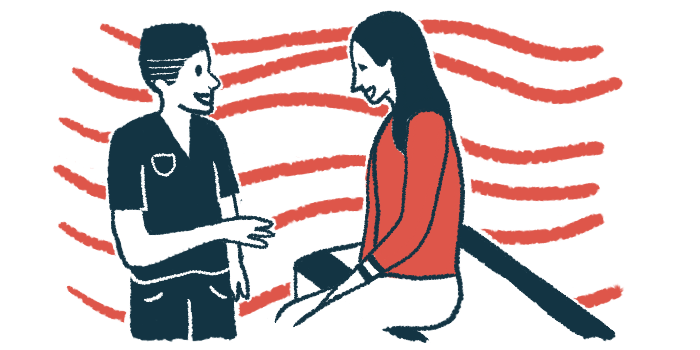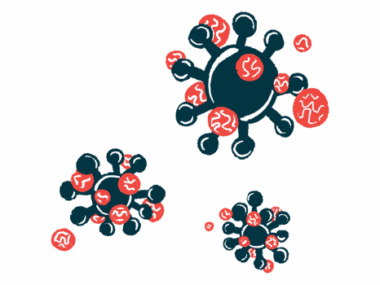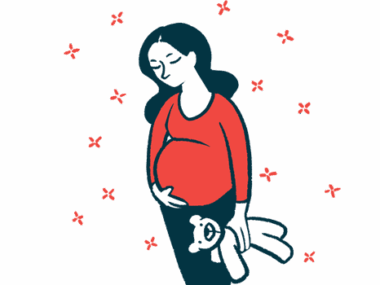Early Soliris treatment reduced need for dialysis in aHUS: Study
Researchers explored drug's effects on adults in real-world study in China
Written by |

Adults with atypical hemolytic uremic syndrome (aHUS) who start Soliris (eculizumab) within seven days after their symptoms start see the best outcomes, a small real-world study in Western China suggests.
The patients showed significantly improved blood and kidney function, and a reduced need for dialysis, while most given Soliris after seven days saw kidney function worsening and required dialysis, a form of kidney replacement therapy that filters waste and excess fluid from the blood.
“The findings reinforce the need for prompt diagnosis and intervention to optimize patient outcomes and mitigate the risk of long-term complications associated with delayed treatment,” the study’s researchers wrote. The study, “Real-World effectiveness of eculizumab in atypical hemolytic uremic syndrome: a retrospective study from Western China,” was published in Frontiers in Endocrinology.
In aHUS, red blood cells are destroyed, resulting in hemolytic anemia, and blood clots form inside small blood vessels, particularly in the kidneys. The condition is caused by the abnormal activation of the complement cascade, a group of proteins that helps the immune system fight infection.
Soliris, an antibody-based therapy that’s infused directly into the bloodstream, is designed to suppress complement activation by blocking the complement protein C5. It’s been approved for aHUS in the U.S. and the European Union for more than a decade, but wasn’t cleared for the same indication in China until 2022.
Effectiveness of early Soliris treatment
Now, researchers in Chengdu, Western China, evaluated Soliris’ efficacy in a group of Western Chinese adults with aHUS, retrospectively analyzing data from 17 patients, most of them women (76.5%).
“Studies have not comprehensively evaluated the long-term safety and efficacy of [Soliris] within diverse patient [groups] in China, thereby constraining the generalizability of their clinical application,” they wrote.
Underlying aHUS triggers included pregnancy, organ transplant, autoimmune disease, and malignant hypertension, that is, rapid, severely high blood pressure. Consistent with aHUS, blood tests revealed low blood levels of platelets, the cell fragments involved in blood clotting, and hemoglobin, the protein in red blood cells that carries oxygen. The patients’ kidney function was also impaired, as indicated by elevated blood creatinine levels and low estimated glomerular filtration rates (eGFR).
The median time between the onset of symptoms and the start of treatment was 15 days, with patients receiving a median of 9.2 doses.
Within a month of starting Soliris, the median creatinine level among all the patients dropped by more than half, with sustained improvement for up to a year. Platelet counts also normalized and the eGFR values doubled after a month, but remained below normal, indicating some degree of kidney damage before Soliris was started.
Those who received Soliris within seven days of their symptoms starting showed significantly higher rates of blood disease remission (100% vs. 12.5%) and kidney disease remission (88.9% vs. 12.5%) relative to those who received it eight days later or more. Consistent with these findings, 87.5% of those treated after seven days, but none of those treated early, progressed to kidney failure and needed dialysis at follow-up.
Tests for eGFR, hemoglobin, platelets, and LDH, a marker for hemolytic anemia, followed a similar pattern, “demonstrating superior therapeutic efficacy with early intervention,” the researchers wrote.
The time from the onset of symptoms to starting Soliris was the sole factor independently associated with kidney failure, a statistical analysis showed. As such, the likelihood of kidney survival was significantly higher with early treatment.
Two patients had adverse events, both bloodstream infections, and were managed with symptomatic and antimicrobial treatments. No serious adverse events or treatment-related deaths were reported.
“Our findings provide the first Chinese evidence supporting early [Soliris] initiation … significantly improves [blood/kidney] outcomes and reduces dialysis dependence in Chinese aHUS patients,” the researchers wrote. “Despite residual [kidney] impairment, prompt complement blockade mitigates [kidney failure] risk, supporting time-sensitive intervention in resource-limited settings.”
Larger studies that follow patients longer are needed to better understand Soliris’ long-term benefits in diverse populations, they said.






